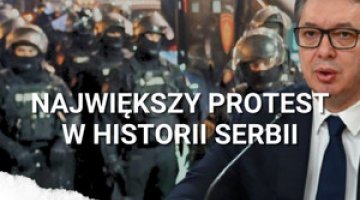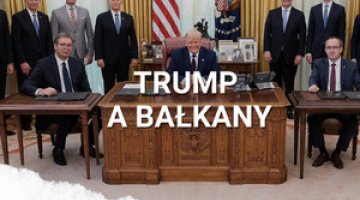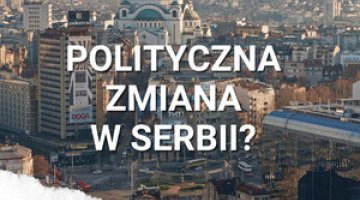Analyses
Serbia: managing public frustration
The announcement on 7 July of the reintroduction of a curfew in connection with the COVID-19 epidemic sparked mass anti-government protests in Belgrade. The demonstrators were joined very quickly by representatives of far-right organisations and football supporters who used nationalist slogans (including defences of Kosovo’s Serbian character) and provoked clashes with the police. On 7-8 July, this led to the brutal pacification of the demonstrators by security forces. Although the a few activists remain in custody, the people who were actively involved in fighting the police have not yet been detained. At present the protests are losing momentum, even though they spread to other cities over the following days.
Commentary
- The Serbian government’s policy to combat the COVID-19 epidemic has met with widespread public discontent. In March this year a state of emergency and very stringent restrictions were introduced (including a curfew, which lasted the whole weekends). Most of the restrictions were lifted in May, and the government said the epidemic was under control, as it wished to quickly organise parliamentary and local elections. This led to a significant increase in the number of infections and deaths (386 new cases and 18 fatalities were recorded on 10 July alone). At present, most citizens believe that the government is deliberately playing down the figures, and concerns about the economic consequences of the crisis are growing. These are being layered onto the frustration felt by some in Serbian society at President Aleksandar Vučić’s near-total domination of the political scene; he also has almost all control of the most important media in the country.
- The active participation by representatives of the extreme right and football supporters in the protests, whose aggressive behaviour gave the police an excuse to use brutal methods of pacification on them, has made it easier for the government to condemn the protest movement in the eyes of the West; it also helped to deter ordinary people from participating en masse in the demonstrations, which led them to gradually peter out. Both the far right and the football supporters’ groups have hitherto cooperated with the ruling Serbian Progressive Party; they did not participate in the anti-government protests that swept through Serbia in 2018–19. Also, the police did not react for a very long time to the aggressive demonstrators’ provocations – may indicate that the authorities actually wanted to exacerbate the situation. In these circumstances, President Vučić has been able to pass himself off as the guardian of Serbia’s stability, both internally and abroad. In turn, pro-government tabloids have suggested that these extreme right-wing organisations are being supported by Russia; this allowed the current authorities to present themselves as guarantors that Serbia will maintain a pro-Western course.
- The far right’s large-scale participation in the protests was also beneficial for the government in the context of the negotiations with Kosovo it is just beginning under the auspices of the EU, which are intended to lead to a normalisation of relations between the two states. Western countries hope that the strong mandate Vučić obtained in the parliamentary elections this June will help end the dispute with Prishtina. The resolution of the Kosovo issue, however, is not up to the president alone, as a settlement would deprive him of Western support. The protests by the far right will help him to argue that the Serbian public is not ready to make any concessions on this matter.




